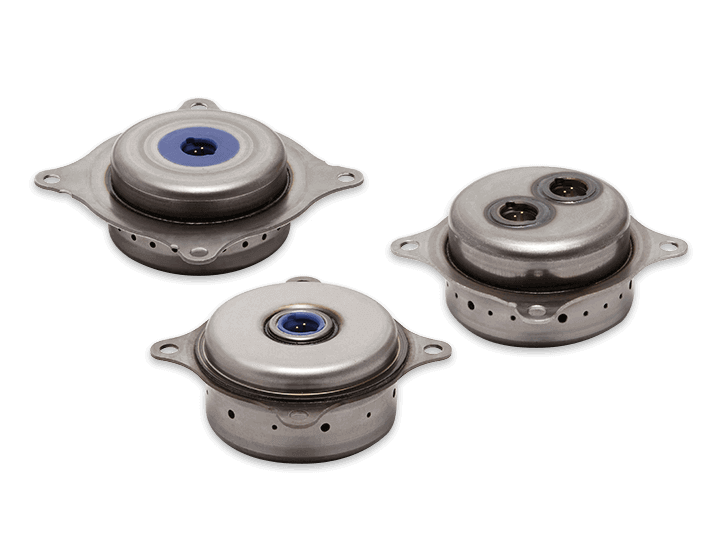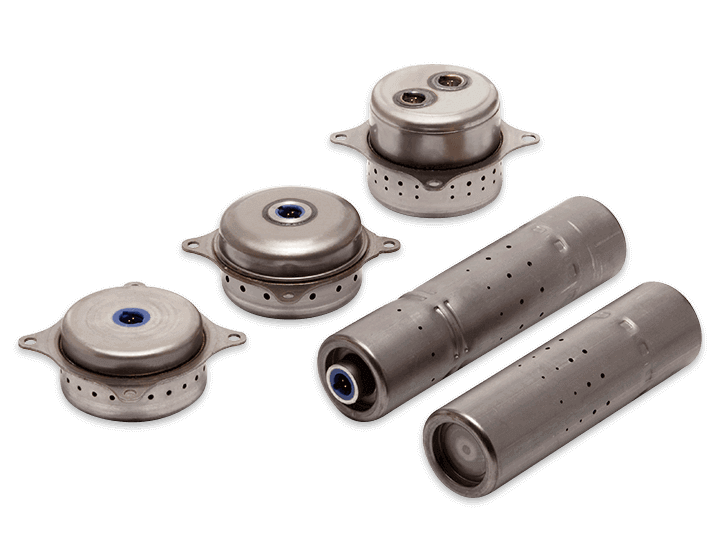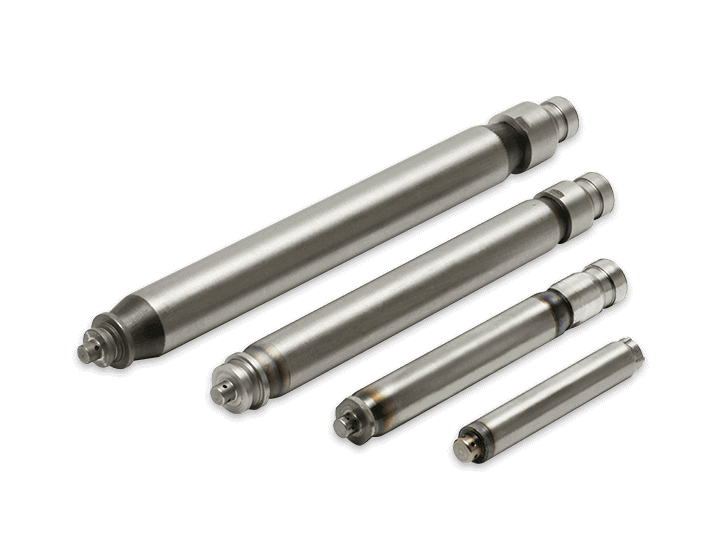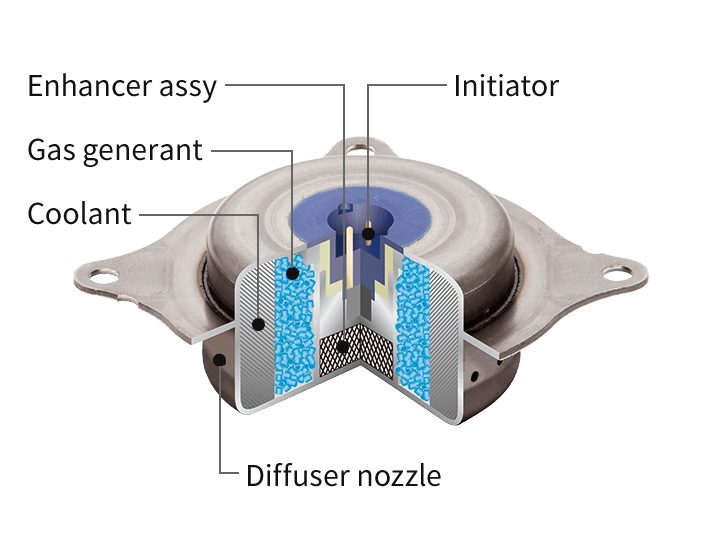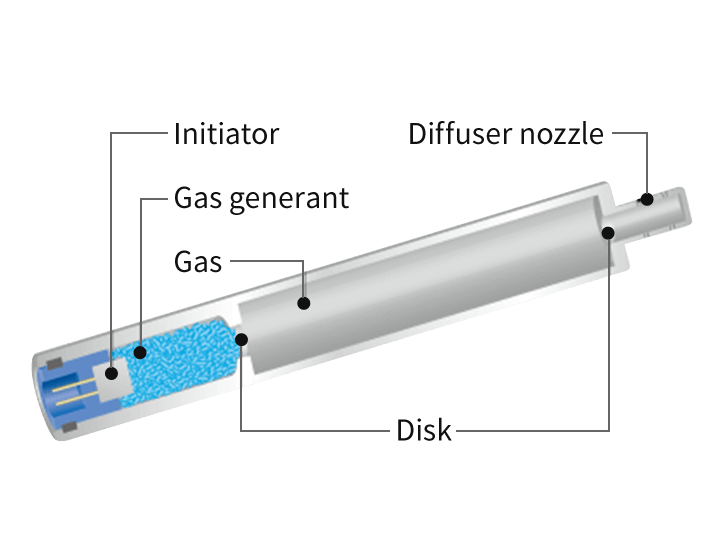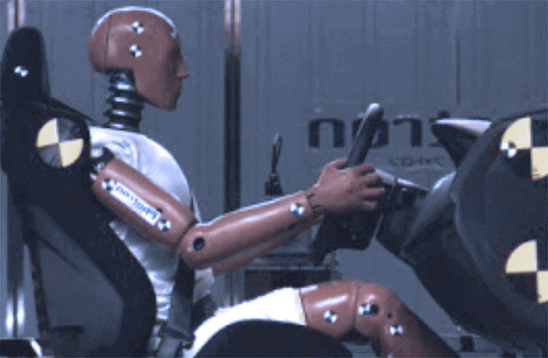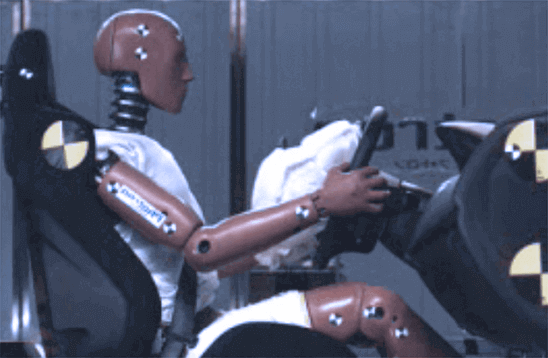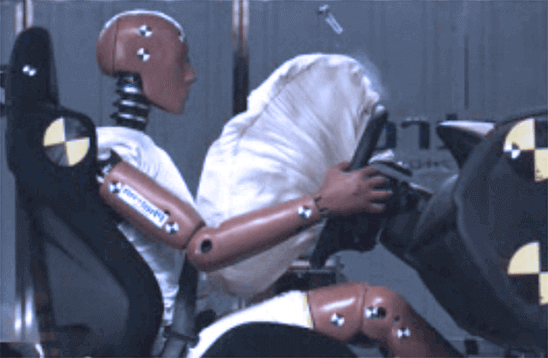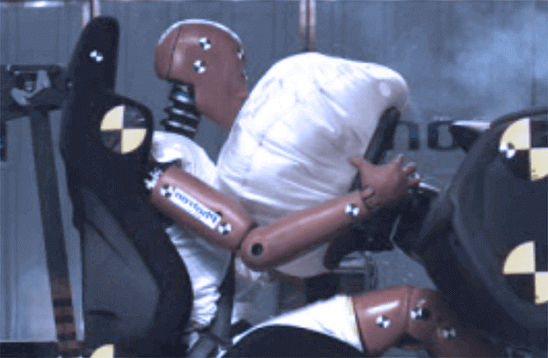-
Driver Airbags
Protecting the driver.
-
Front passenger Airbags
Protecting front-seat passengers.
-
Side Airbags
Protecting passengers' chests and abdomens from a side impact.
-
Side curtain Airbags
Protecting the heads of passengers from the shock of a side impact or rollover.
-
Knee Airbags
Protecting passengers' knees and lower limbs, controlling body movement, and relleving impact on the entire body.
-
Center rear seat Airbags
Protecting passengers from injury caused by collision with a fellow passenger or the center console.
-
Front center Airbags
Protecting drivers and front passengers in far-side impact crashes where the affected occupant is on the non-impacted side of the vehicle.
-
Pedestrian Airbags
Protecting the pedestrians' head from a direct impact with the windshield or a-pillars.
-
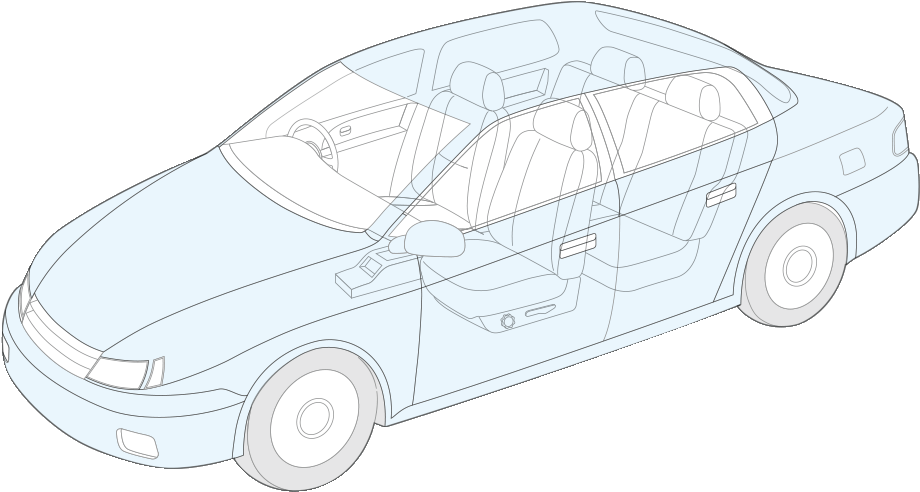
Click for more information.



